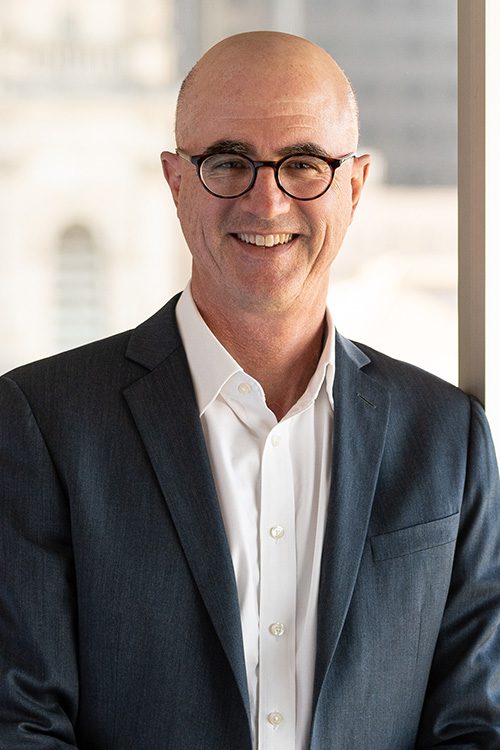Diversification is highly regarded but just how important is it when investing? While diversifying investments can reduce risk and volatility, concentrated investments backed by rigorous research, conviction and the right timing can pay off handsomely. However, experienced investors know that concentration doesn’t always pay off and while your research might be sound and the investment proposition sensible, as J.M. Keynes once said, “markets can remain irrational longer than you can remain solvent”. This means flexibility and willingness to change your mind as conditions evolve is crucial in both the short and long term.
Keynes was wiped out in the currency markets in the 1920’s. He held concentrated positions but also had an alternative income stream in successful book publishing. This allowed him to pay off his margin calls and eventually return to profits. And so, Keynes survived, immortalising the famous phrase above and adapting his approach from the lessons he learnt in the market, balancing concentrated portfolios with a variety of risks and if possible, opposing risks.
Diversifying for success
Being overly diversified can dilute prospective returns hence diversification for the sake of diversification doesn’t make sense either. The key is to carefully select a few investments and steadfastly hold these during volatility until they have fulfilled their promise or evidence becomes apparent, they were entered into by mistake.
Concentration can result in two possible extremes: Skilled investors are more likely to win in the long run and unskilled investors are more likely to lose. A good investor needs the ability to select the right balance of risks in his or her portfolio. An investor can lose big if each holding in his portfolio behaves the same way and they all decline during an economic downturn. Keynes’ lesson was to balance opposing risks where possible, which he did using different asset classes.
For example, an investor could reduce risk by investing in commodities that offset equity risks. Take an investor who’s considering purchasing shares in an electric vehicle battery manufacturer. The batteries use lithium and/or cobalt. If the price of these commodities – lithium and cobalt – remains low the battery maker will enjoy high profits. However, if the commodity price rise significantly, the profits will likely suffer.
If an investor also considers purchasing lithium/cobalt, either directly or through buying shares in mining companies, it’s possible to lower risk of loss. This is because if lithium/cobalt prices stay low they are likely to benefit from increasing returns from the battery manufacturing company, and if lithium/cobalt prices rise sharply, the lower returns from the battery maker will be compensated for by the greater profit from the commodities position.
Liquidity vs. Illiquidity
Keynes also believed that liquidity was overrated, and he favoured illiquid investments. He noted that the market often “forgets that there is no such thing as liquidity of investment for the community as a whole”. If everyone wanted to exit at the same time, which often happens when you most need liquidity, even government bonds would become illiquid.
Judging the right amount of premium for liquidity is crucial in assessing risk. Investors generally demand excessive premiums for holding less liquid investments and this can present outstanding opportunities for superior long term returns. Hence, for some investors it makes sense to consider disproportionate allocations to investments that are perceived to be illiquid.
King’s College, Cambridge, endowments fund
Keynes managed the King’s College endowments fund from 1921-1946. When he began, the fund was tilted heavily towards real estate. In fact, it had been since the 15th century. But this strategy was no longer paying off and the College was suffering poor finances and low income. Keynes shifted the portfolio towards holding listed equities with high dividends, a rare asset class for an endowment at that time.
High trading turnover and speculation in currencies and commodities not paying off made the early years unsuccessful. But Keynes’ great lesson learnt was the ability to change his mind and approach. His gradual shift was towards contrarian longer-term investing and away from high turnover trading and market timing and coincided with vastly improved returns.
Some of Keynes’s best years came during periods of negative market performance, specifically 1932 and 1934. It’s interesting to note, his choice of diversity of industry distribution was significantly different to the broader market composition.
Lessons
Keynes was ahead of his time. Being active in equity markets or in currencies and commodities was highly unusual for university endowments in the early 20th Century. Today, this approach has become more common as foundations, endowments and family offices invest heavily in equities and alternative investments. Many investors became famous decades after Keynes for ‘pioneering’ this shift. Take David Swenson at Yale University or Warren Buffett (heavily influenced by Ben Graham). But the strategy was already decades old.
The most valuable lesson here is to implement sensible long-term investment policies with allocations to a range of asset classes that can balance risk. This is more likely to lead to investment success in the long run.
Diversification in moderation, illiquidity is underrated, active trading is overrated and a willingness to change your mind as new information evolves is crucial to success.
To find out more visit our Family Office service page or contact us.




































